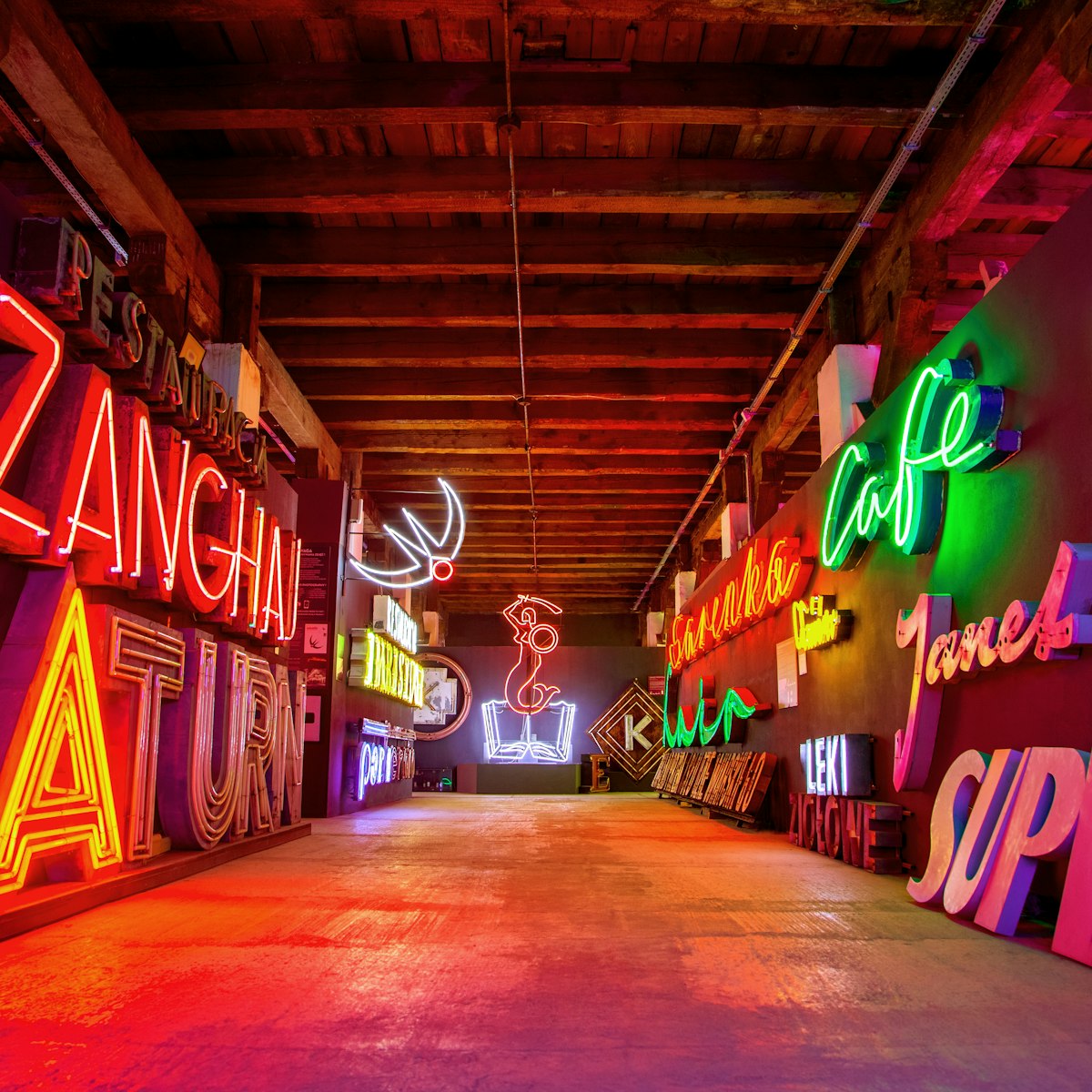Warsaw’s top palace, 10km south of the city centre, was commissioned by King Jan III Sobieski in 1677. It has changed hands several times over the centuries, with each new owner adding a bit of baroque here and a touch of neoclassical there. Miraculously, Wilanów survived WWII almost unscathed, and most of its furnishings and art were retrieved and reinstalled after the war. Last entry to the palace is an hour before closing.
When King Jan III Sobieski decided this was the perfect spot for his country estate, there was already a village here called Milanów that had existed since the middle ages. The king renamed the village in Latin as 'Villa Nova', later Polonised into Wilanów (vee-lah-noof).
The route through the palace involves some doubling back, but there are attendants to show the way. Start at Princess Marshall Lubomirska’s Apartments, an immaculately restored salon dating from the late 18th century and including the magnificent Chinese and Hunting Rooms, with coffered ceilings and polychrome faux bois (false wood). Also here is a section that allows a fascinating behind-the-scenes look at the restoration and care of the palace’s collection of objets d’art and antiques.
Next, move into the White Hall, the palace’s largest room, hung with portraits of successive owners of Wilanów, including a splendid equestrian portrait of Stanisław Kostka Potocki by Jacques-Louis David. The route continues through the Garden Galleries, decorated with beautiful 17th-century frescoes; the Royal Apartments of King Jan III; and the neoclassical-style Grand Vestibule. Return to the White Hall to find the stairs leading up to the Potocki Art Gallery, displaying paintings, sculptures and other art objects from the collection of Potocki and his wife Aleksandra, owners of Wilanów from 1799 to 1821.








